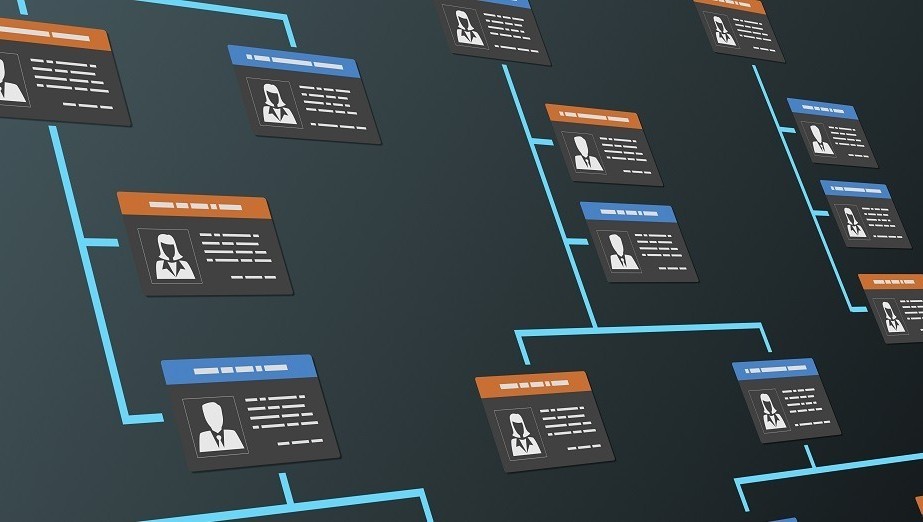
The SME Productivity & Innovation Centre (PIC) at Edge Hill University is an internationally recognised Centre of Excellence supporting SMEs to achieve growth through scale-up. The scale-up phase is typically the quickest and most significant stage of growth, based primarily on the most effective use, allocation and tracking of resources, and one that can bring the most challenges for an SME. However, unlocking your organisation’s scale-up potential will hold significant profitable rewards such as enabling you to measure your company’s competitiveness in the marketplace and improve your organisation’s ability to avoid waste and rework. The six articles in this series will share the experiences of the PIC’s scale-up experts in addressing the common 6 SME dysfunctions which regularly inhibit effective scale-up: Undefined demand, Undifferentiated offer, Ineffective communication, Undefined organisational structure, Unclear processes, and Ineffective use of data.
For SMEs, a well-defined organisational structure ensures that all tasks necessary for profitable operations are aligned and assigned to the correct member of the appropriate team. A defined structure also provides an explicit guide for all employees, from staff members to executives, to understand their roles in the company, who they report to, and who they oversee. An inappropriate or lack of organisational structure can result in disorganisation amongst departments, unclear roles, missed deadlines or targets, employees being unsure of who to report concerns to, and an absence of effective management or supervision. Externally, this can result in poor feedback from clients and feedback not being followed up on. SMEs have several choices when it comes to adopting an effective organisational structure. Smaller businesses often start with a “flat” structure, which delegates all decision-making to the owner or just a few top staff members. As organisations grow, they often adopt a hierarchical organisational structure, which takes a “totem pole” approach to create layers of management that include executives who oversee department directors, directors who oversee managers, managers who oversee coordinators and supervisors, and finally, staff-level employees. In addition to accelerating your organisation’s growth strategy. Strategically planning, building, and implementing a scalable, defined organisational chart will: 1. Improve productivity and profitability. Unnecessary confusion around roles, responsibilities, and reporting lines, can significantly impact your employees’ focus and productivity, straining how much your team can produce and negatively impact profitability. 2. Reduce defects, returns, rework and complaints. When employees communicate effectively with clear lines of responsibility, there is less room for mistakes, errors, and rework. This results in better communication between employees and departments. When problems arise, management can call meetings, find the problem, identify who is responsible for the issue and find the solution as an efficient team. 3. Improve employee morale. By positively developing your workforce with a clear structure and plan, you provide more value to your employees than a salary. You create room for creative, innovative thinking and provide the confidence needed to try new things and test new theories. Only then can your company grow and stand out among competitors. The definition of workforce development can differ based on your perspective. At the macro level, it also refers to employment initiatives provided by government agencies or private organisations to support national economic growth such as training schemes and the provision of work-based qualifications. Workforce development programmes keep training and education at the forefront of your organisation. By investing in training (and retraining), your company benefits from a highly skilled team, and your employees can feel confident in their job performance and career trajectory. It is expected that from time-to-time employees will have questions about their job role, especially if they are new or have been recently promoted. However, if several employees appear to be unclear about their role within the company and there is a sense of disorganisation amongst workers, the organisational structure likely needs some strategic, focused attention. See also in the series: Six Dysfunctions of SMEs: Undifferentiated Offer | Six Dysfunctions of SMEs: Undefined Demand | Six Dysfunctions of SMEs: Ineffective Communication  Author: Tom Wilkinson, SME Growth Expert, Edge Hill University SME Productivity & Innovation Centre The SME Productivity & Innovation Centre has worked with over 200 SMEs in Lancashire and the Liverpool City Region since 2018 to address exactly the types of issues and inconsistencies described here, helping SMEs drive on average 29% growth. Until June 2023 places on the Rapid Innovation Sprint Programme are fully funded via the European Regional Development Fund. If you recognise these challenges in your business, then we would be pleased to discuss if we can help.
Author: Tom Wilkinson, SME Growth Expert, Edge Hill University SME Productivity & Innovation Centre The SME Productivity & Innovation Centre has worked with over 200 SMEs in Lancashire and the Liverpool City Region since 2018 to address exactly the types of issues and inconsistencies described here, helping SMEs drive on average 29% growth. Until June 2023 places on the Rapid Innovation Sprint Programme are fully funded via the European Regional Development Fund. If you recognise these challenges in your business, then we would be pleased to discuss if we can help.
Boost is helping Lancashire businesses. We have a range of funded support programmes and a team of business advisers you can talk to. To speak to someone from the Growth Hub about business support, contact Boost online or call 0800 488 0057.




The website uses cookies.
Some are used for statistical purposes and others are set up by third party services. By clicking 'Accept all & close', you accept the use of cookies. For more information on how we use and manage cookies, please read our Cookie Policy.